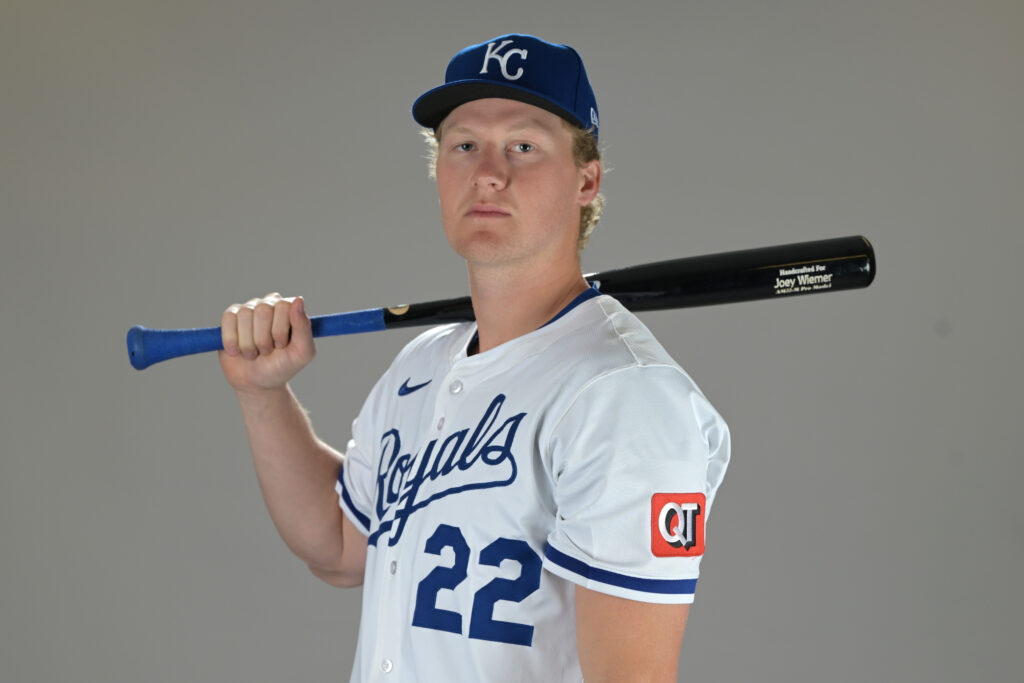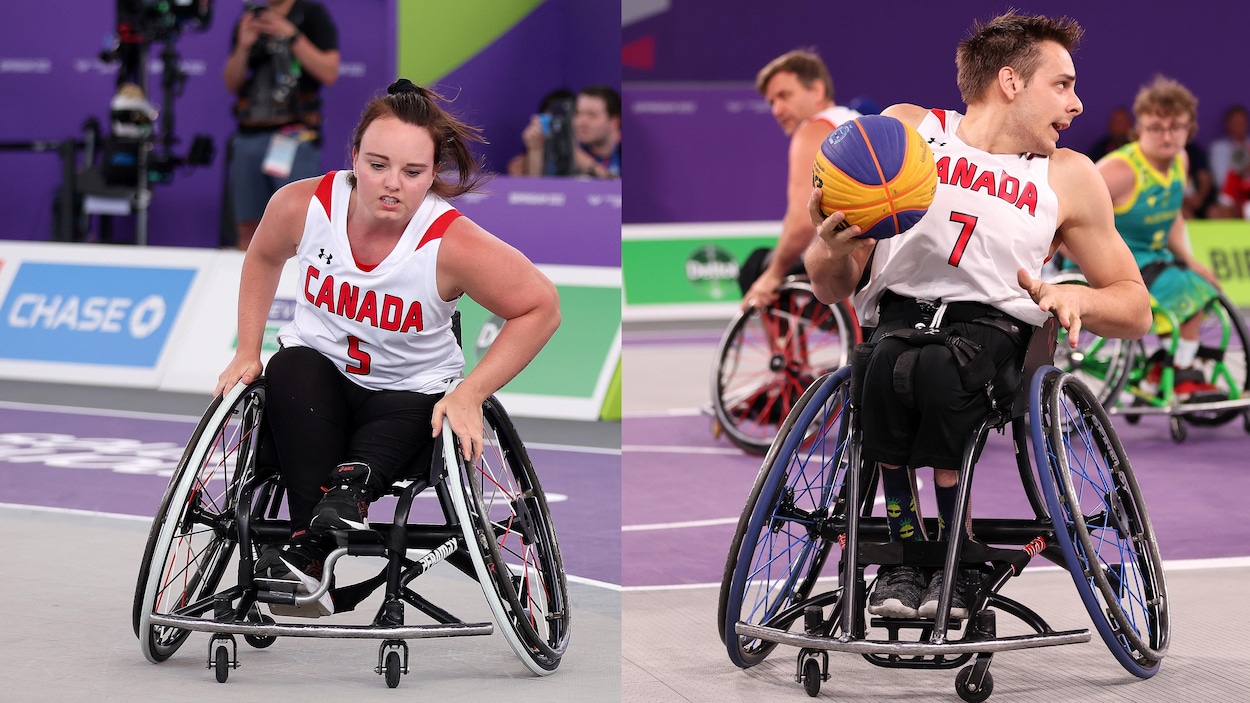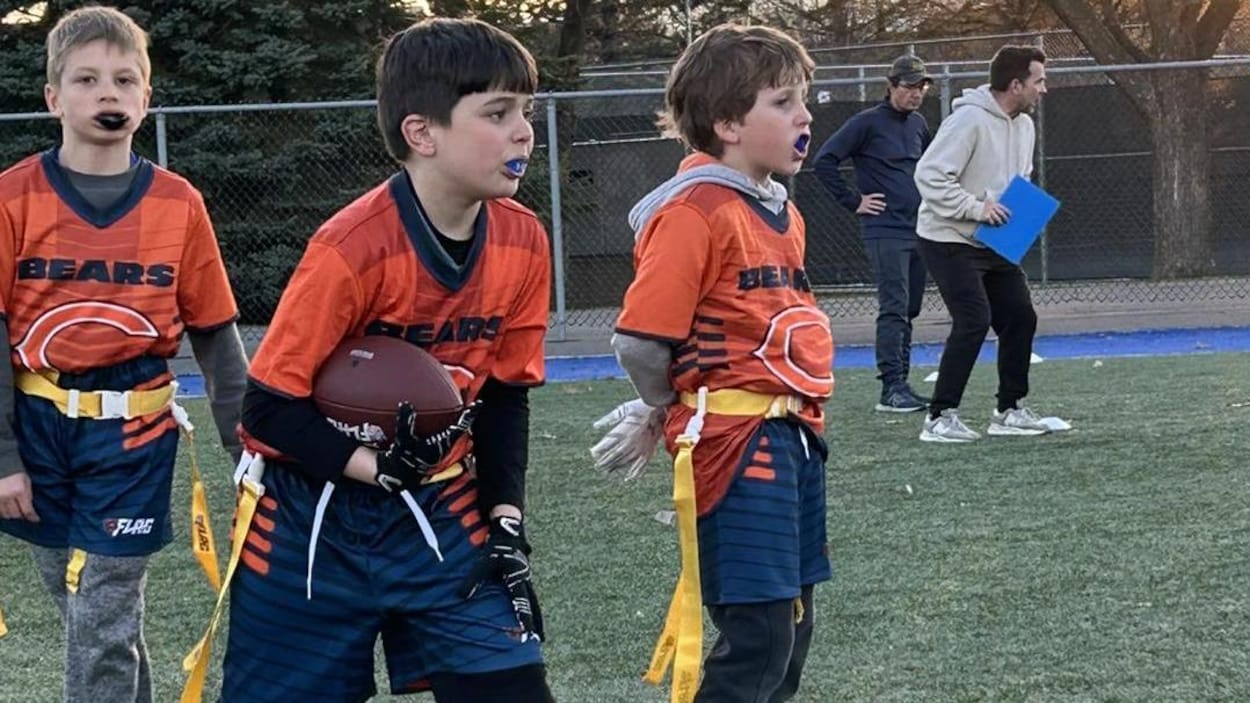PROTECT YOUR DNA WITH QUANTUM TECHNOLOGY
Orgo-Life the new way to the future Advertising by AdpathwayToday’s guest is Will “Hoss” Ratelle — former All-Big Sky linebacker turned strength and conditioning coach, with experience at the University of North Dakota, the NFL, and the CFL. Known for his intense, results-driven training style, Hoss blends his pro football background with evidence-based methods to build size, speed, and resilience in athletes. He’s also the creator of popular programs like “Hoss Concurrent” and a respected voice in the online performance space.
Most fitness and training education tends to be rigid, centered around fixed sets, reps, heart rate zones, and prescribed loads and timing. While this structure has value, athletes eventually need to move beyond it and enter a more adaptive, natural rhythm of training. Sets and reps can serve as a starting point, but great coaching gives training a feel, one that fosters ownership, problem-solving, and deeper athlete engagement.
On today’s episode, Will Ratelle shares practical strategies for building training protocols that allow for flexibility and athlete autonomy. He discusses how to keep athletes dialed in during strength and power work, while also diving into topics like hamstring rehab, velocity-based training, and more.
Today’s episode is brought to you by Hammer Strength.
Use the code “justfly25” for 25% off any Lila Exogen wearable resistance training, including the popular Exogen Calf Sleeves. For this offer, head to Lilateam.com

Podcast: Play in new window | Download (Duration: 48:43 — 44.6MB) | Embed
Subscribe: Apple Podcasts | Spotify | Amazon Music | Android | Pandora | iHeartRadio | JioSaavn | Podchaser | Email | Deezer | Anghami | Youtube Music | RSS
View more podcast episodes at the podcast homepage. (https://www.just-fly-sports.com/podcast-home/)
Timestamps
0:12 – Transitioning from College S&C to Academia and Private Sector
5:41 – Training Adjustments for Harsh Winter Environments
9:35 – The Role of Giant Sets in Strength Training
15:11 – Building Competition and Problem-Solving into Small Group Training
18:05 – Time-Based Plyometrics for Better Autoregulation
22:50 – Applying Time-Based Models to Jumps and Olympic Lifts
27:21 – Minimalist Approach to Accessory Work in Training
30:54 – Using Velocity-Based Training for Autoregulation
41:25 – Hamstring Rehab Strategies Using Sled Work and Sprint Progressions
44:37 – Perspectives on Nordics and Eccentric Hamstring Training
Actionable Takeaways
Training Adjustments for Harsh Winter Environments – [5:41]
Training outdoors year-round is unrealistic in extreme winters. Will adapts by simplifying programming indoors and accepting seasonal fluctuations in volume and intensity.
What to try:
- Plan for seasonal ebbs and flows, especially in outdoor-heavy programs.
- Shift to more controlled indoor environments during harsh weather periods.
- Keep aerobic and speed elements alive through creative indoor alternatives like tempo sleds or circuits.
The Role of Giant Sets in Strength Training – [9:35]
Will uses giant sets to create training flexibility. These allow athletes to autoregulate volume, manage energy, and work at their own pace without strict rep schemes.
What to try:
- Build sessions around circuits of 3–4 movements: main lift, jump, core, mobility.
- Set time limits (e.g., 20 minutes) instead of strict sets/reps.
- Let athletes self-select volume based on daily readiness.
Building Competition and Problem-Solving into Small Group Training – [15:11]
Will’s small group setups naturally encourage problem-solving, teamwork, and friendly competition—all without over-coaching.
What to try:
- Create circuits or mini-competitions that require collaboration.
- Encourage athletes to solve challenges together (e.g., team med ball throws for max reps).
- Keep coaching cues minimal—let athletes figure things out.
Time-Based Plyometrics for Better Autoregulation – [18:05]
Will prefers time-based plyo sets to help athletes naturally regulate their own volume and quality of output as they warm up and fatigue.
What to try:
- Run 30-60 second blocks for depth jumps or hops instead of fixed reps.
- Encourage gradual build-up in intensity within each block.
- Stop efforts when quality clearly declines, not when the clock runs out.
Applying Time-Based Models to Jumps and Olympic Lifts – [22:50]
Time, not reps, helps preserve quality during technical lifts. Will uses this to keep sessions efficient and output-driven without burnout.
What to try:
- Prescribe Olympic lifts or jumps in time blocks (e.g., 10 minutes of work) instead of rigid sets.
- Allow athletes to pace output based on feel and quality.
- Emphasize intent on every rep, not completion of arbitrary numbers.
Minimalist Approach to Accessory Work in Training – [27:21]
Will trims accessory work in favor of more focus on key movements. He finds this simplifies training and maintains energy for high-priority outputs.
What to try:
- Prioritize 1–2 primary lifts per session with purpose-driven intent.
- Reduce accessory work to essentials—avoid fatigue for the sake of “doing more.”
- Let recovery dictate accessory volume, not habit.
Using Velocity-Based Training for Autoregulation – [30:54]
Will leans on VBT to gauge daily readiness, manage fatigue, and adjust training on the fly based on objective bar speeds.
What to try:
- Use velocity cutoffs to stop sets or adjust loads dynamically.
- Track trends in speed across weeks to inform readiness decisions.
- Avoid grinding through reps—quality > quantity.
Hamstring Rehab Strategies Using Sled Work and Sprint Progressions – [41:25]
Will shares how sled work and gradual sprint progressions helped him personally rehab a hamstring injury without aggravating it.
What to try:
- Use sled pushes and marches to reintroduce posterior chain loading safely.
- Progress sprinting from upright, submaximal efforts to more aggressive outputs.
- Focus on how things feel—stop short of tightness or compensation.
Perspectives on Nordics and Eccentric Hamstring Training – [44:37]
Will reflects on how his views on Nordics have shifted—they’re useful, but not the answer alone. Sprinting remains the gold standard for hamstring health.
What to try:
- Blend Nordics into phases, but don’t over-rely on them.
- Prioritize sprint exposure for hamstring resilience.
- Recognize Nordics as a piece of a larger system, not a cure-all.
Quotes
[27:37] “I don’t think there’s anything inherently wrong with accessory work. It’s just, do we need to be spending 45 minutes doing it after we’ve already done our main lifts and jumps and throws?”
[9:59] “I try to keep the training process as simple as possible because it’s really easy to complicate things.”
[11:40] “I’ve gravitated more toward giving people time constraints and letting them auto-regulate how much work they do within that time.”
[23:01] “I think jumps and Olympic lifts lend themselves well to time-based prescriptions because the output tends to fall off naturally as people fatigue.”
[15:42] “Competition tends to bring out the best in people. If you structure things in a way where it naturally encourages people to compete, it’s a win.”
[45:06] “I’ve started to care less and less about Nordics being the answer for hamstring health. I just think sprinting is the best thing we can do.”
[31:30] “Velocity-based training is helpful because it provides objective feedback—if you’re not hitting the numbers, there’s no argument to keep pushing.”
About Will Ratelle
Will “Hoss” Ratelle is a dedicated strength and conditioning coach with deep roots in collegiate athletics and professional football. Rising from a standout linebacker at the University of North Dakota, Ratelle earned All-Big Sky honors twice and set single-season tackle records before transitioning into a professional football career, with stints on special teams in the NFL (Atlanta Falcons and Kansas City Chiefs) and a return to linebacker with the CFL’s Saskatchewan Roughriders
After earning his Bachelor of Science in Kinesiology from UND (2015), Ratelle moved into coaching, completing internships in the UND Strength & Conditioning Department (2015–2017). He played a pivotal role in developing the football program’s speed and agility systems during a historic 2016 Big Sky championship season. Fully integrating into the staff, Will served as Assistant Strength & Conditioning Coach, supporting football, men’s and women’s tennis, basketball, and volleyball teams
Certified by the CSCS and CSCCA (2019), Ratelle combines elite athletic experience with practical training protocols. He is known for crafting holistic programs that fuse Olympic lifting, sprint/plyometric development, and fundamental athleticism, aimed at maximizing size, strength, speed, and resilience.
In addition to his coaching roles, Will actively shares his expertise through published articles (e.g., SimpliFaster), podcasts, and TrainHeroic programs such as “Hoss Concurrent” and “Hoss Project 2.0,” training countless athletes to build robust, multi-sport athleticism across platforms
Free Speed Training eBook - Velocity 101

Improving speed is one of the most popular topics in the athletic performance equation. Where there are many ideas and thoughts out there, as to particular training exercises, or setups, the more core aspects of speed training often go without mention. These include the fundamental aspects of what makes an athlete fast, specific sprint-power concepts, the relevance of "3D" motion, motor learning and more.
Velocity 101 will help you take a leap forward in understanding of what makes athletes fast, and how to train it effectively
Invalid email address
We will never sell your information and you can unsubscribe at any time.


 1 month ago
6
1 month ago
6
















 English (US) ·
English (US) ·  French (CA) ·
French (CA) ·